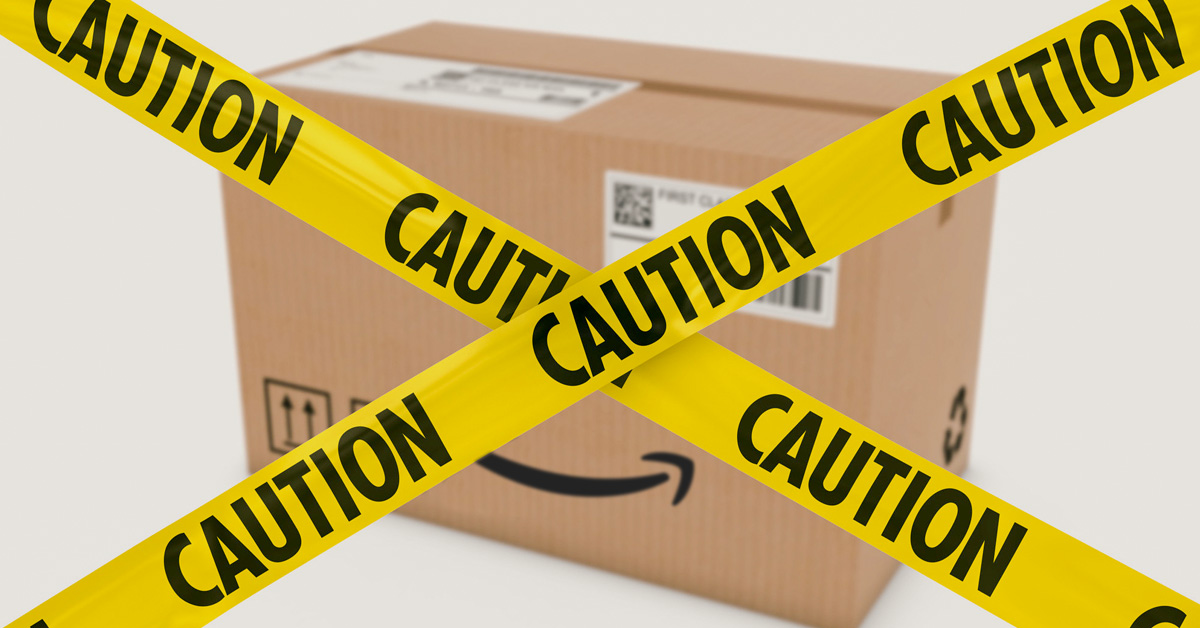Dangerous products for sale on Amazon
The platform was found to have 4,152 items that were deemed unsafe by federal agencies, labeled misleadingly, or banned by federal regulators by a report from The Wall Street Journal.
These listings, many of which were changed or taken down after The WSJ alerted Amazon of them, included categories like toys and medications where unsafe products can be particularly dangerous. Nearly half of the products were said to be shipped from Amazon warehouses, and some had even earned the “Amazon’s Choice” badge, reports Business Insider.
Amazon issued a statement in response to the report, laying out the proactive measures it takes to moderate its marketplace including vetting new sellers, continuously scanning its marketplace, and other tactics. It also noted that it invested over $400 million in 2018 to protect its store and customers and to build programs that make sure products on its marketplace are “safe, compliant, and authentic.”
Here’s what it means: Third-party sellers are the driving force behind Amazon’s retail business, but if it’s unable to effectively moderate their listings, it could damage Amazon’s reputation.
If Amazon and other marketplaces begin to be held liable for products sold on their marketplaces by third parties, it would damage the business model’s viability.
In this case Amazon might need to closely review all of the products sold on its platform, which would likely lead to its product selection shrinking significantly, hurting its performance. If all marketplaces face the same issues, the business model itself may become less viable overall, pushing the retail industry away from third-party marketplaces and toward first-party sales.
More Amazon news

How can New Year holidays in the US and Canada affect cargo delivery dates
Customs and shipping companies working schedule during the New Year Important information for more accurate forecasting of cargo processing speed in the US and Canada during the New Year holidays. Please note that Customs and shipping companies will not work during...

Major shutdowns in China due to new COVID outbreaks
Multiple companies in Zhejiang province have suspended operations due to COVID-19 outbreak, halting production of goods from batteries and clothing to textile dyes and plastics. Zhejiang is one of China's biggest and busiest manufacturing hubs. The local government...

Amazon is using sellers as a cash cow
Amazon collects a third of seller revenue A new study claims that Amazon makes far more from fees on its Marketplace platform than even the cash cow known as AWS, reports TechCrunch. According to the report by the Institute for Local Self-Reliance, sellers now give...


